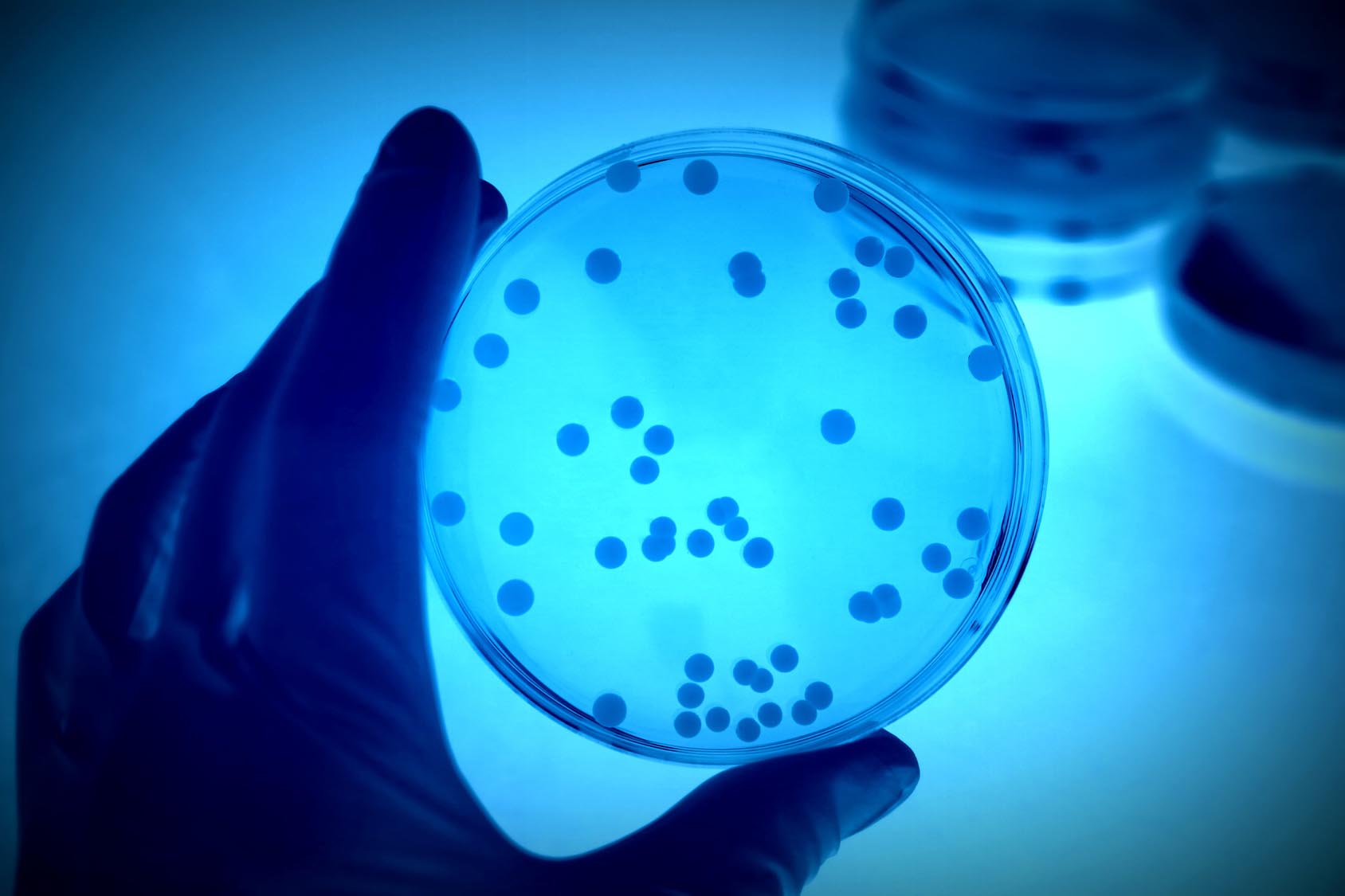• Metabolite-receptor interaction
• Metabolites screens
What is already known on this topic
Gut microbes and their metabolites have been linked to a plethora of conditions, but how exactly the microbiota affects human physiology remains unknown.What this research adds
Using a large-scale screening of molecules produced by individual gut bacterial species, researchers have identified microbial metabolites that interact with human receptors called G-protein-coupled receptors (GPCRs). Several metabolites, including lipids and polyamines, were found to interact with GPCRs associated with functions within the nervous and immune systems.Conclusions
The observed interactions between bacterial metabolites and receptors suggest that several aspects of human health might be modulated by microbiota-derived molecules.
The bacteria living in our gut could influence our health by producing small molecules able to interact with human receptors. That’s the conclusion of a new study published in Cell Host & Microbe.
Gut microbes and their metabolites have been linked to a plethora of conditions, but how exactly the microbiota affects human physiology remains unknown.
To address this question, Dominic Colosimo at Rockefeller University, in New York City, and his colleagues developed a large-scale screening platform that allowed them to analyze the metabolites produced by individually grown bacteria and test whether they interacted with 241 human G-protein-coupled receptors (GPCRs).
Metabolite-receptor interaction
The large-scale screening helped the researchers to draw a GPCR interaction map, which revealed which GPCRs each bacterial metabolite interacted with.
Several microbial-derived aromatic amines such as tryptamine strongly interacted with neurotransmitter GPCRs receptors, which are a key component of the gut-brain axis.
Other polyamines such as cadaverine were found to be responsible for the interaction with histamine receptors, which mediate some aspects of immune reactions.
A subset of receptors responded broadly to bacterial lipids, while other receptors responded only to particular species of lipids. In particular, the brain angiogenesis factor 1 (BAI1) receptor responded to lipids from both E. coli and B. vulgatus, and two peptide receptors that mediate the feeling of being sated responded specifically to the fatty acid 12-methyltetradecanoic acid produced by B. vulgatus.
Metabolites screens
The metabolites identified in this study add to a growing list of bacterial molecules able to modulate human signaling pathways that are important for inflammation, neurotransmission, and immune function.
Further screens that include more bacteria and receptor families will provide additional insight into the mechanisms and the molecules that underlie host-microbiota interactions. Systematically screening bacterial metabolites could pave the way for developing mechanistic hypotheses that can be tested in specific animal models, the scientists say.











